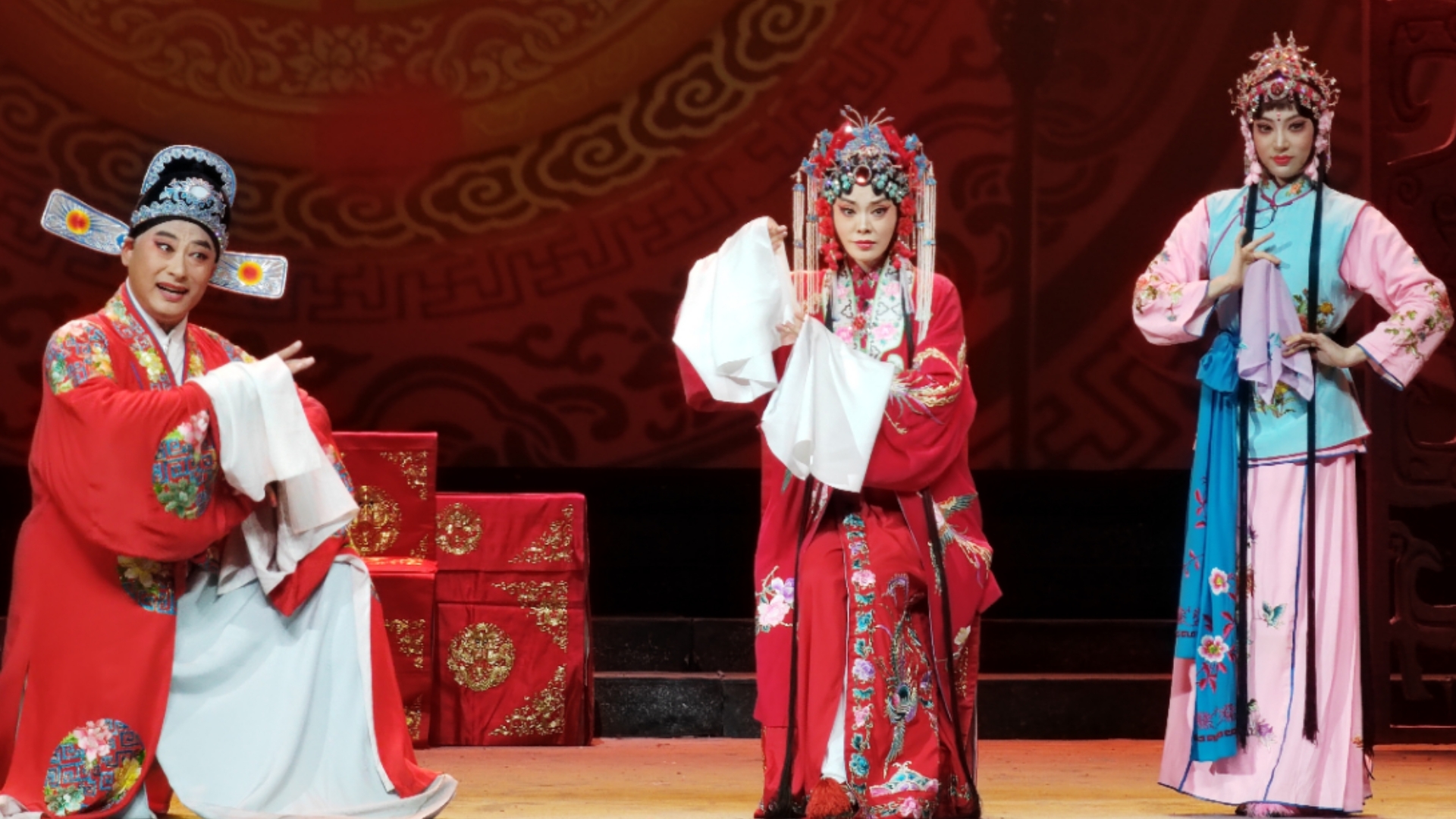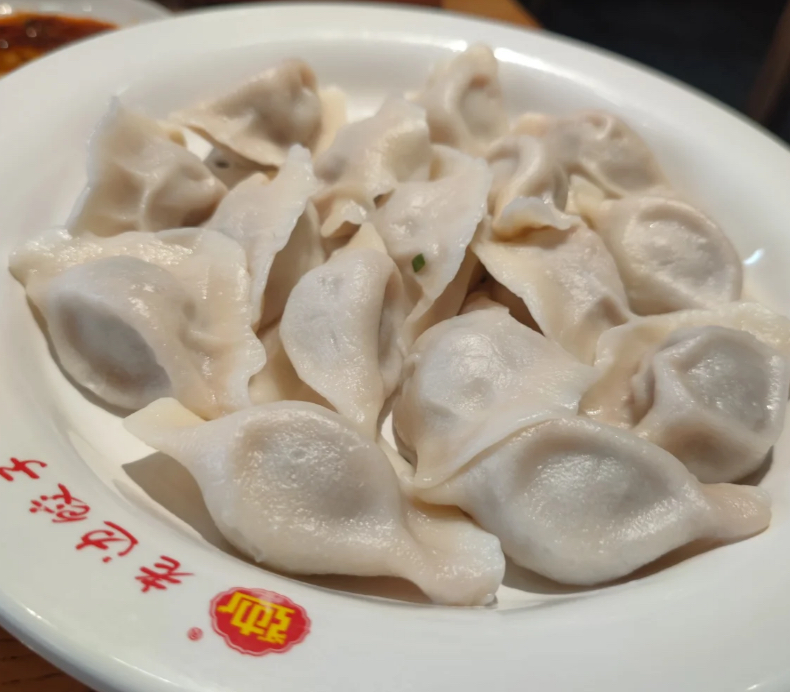Liaoning Province
Panoramic introduction of Liaoning Province

Liaoning Province, abbreviated as "Liao", is located in the southern part of Northeast China and is the only coastal province in the region. With a total area of 148,000 square kilometers, it administers 14 prefecture-level cities and has a permanent resident population of 41.97 million (2022 data). As the core area of the old industrial base in Northeast China, Liaoning's regional GDP reached 2.89 trillion yuan in 2022, ranking first in economic aggregate among the three northeastern provinces.
Liaoning currently administers 14 prefecture-level cities, including Shenyang (provincial capital), Dalian, Anshan, Fushun, Benxi, Dandong, Jinzhou, Yingkou, Fuxin, Liaoyang, Panjin, Tieling, Chaoyang, and Huludao, forming a development pattern supported by the Shenyang metropolitan area and the Liaoning coastal economic belt. Liaoning serves as both a gateway for opening up in Northeast China and an important hub connecting Northeast Asia.
II. Geographical Features
1. Location advantage
Liaoning is located between 38¡ã43¡ä and 43¡ã26¡ä N latitude and 118¡ã53¡ä and 125¡ã46¡ä E longitude. It borders the Yellow Sea and the Bohai Sea to the south, faces North Korea across the Yalu River to the southeast, and is adjacent to Jilin, Inner Mongolia, and Hebei to the east, north, and west. The Liaodong Peninsula extends between the Yellow Sea and the Bohai Sea, forming a natural harbor.
2. Topography and landform
The terrain of the province is roughly characterized by the pattern of "six parts of mountains, one part of water, and three parts of farmland":
Eastern region: the remaining ranges of Changbai Mountain and the Qianshan Mountain Range
West: Hilly area in western Liaoning
Central region: Liaohe Plain
Southern part: hills of the Liaodong Peninsula
3. Water system distribution
Liaohe River system: its drainage area accounts for more than half of the province
Yalu River: the boundary river between China and North Korea
Daling River and Xiaoling River: Major rivers in western Liaoning
Coastal rivers: Dayang River, Biliu River, etc
4. Climate characteristics
It belongs to temperate monsoon climate:
Annual average temperature: 6-11¡æ
Annual precipitation: 500-1000 millimeters
Salient features: distinct four seasons, with rain and heat occurring in the same season
III. Historical Context
1. Origin of civilization
Paleolithic Age: Jinniushan Site (280,000 years ago)
Neolithic Age: Hongshan Culture (Niuheliang Site)
During the Shang and Zhou dynasties: states such as Guzhu, Jizi, and Chaoxian
2. Feudal period
From the Warring States period to the Han Dynasty: Liaodong County of the Yan State, the eastern starting point of the Qin Great Wall
Wei, Jin, and the Northern and Southern Dynasties: the location of the capital cities of the Former Yan and Later Yan
Liao and Jin dynasties: Dongjing Liaoyang Prefecture, birthplace of the Jin Dynasty
During the Ming and Qing dynasties: Liaodong Dusi, Shengjing (Shenyang)
3. Modern and contemporary development
Late Qing Dynasty: Establishment of modern industry during the Westernization Movement
Republic of China: the ruling center of the Fengtian warlords
After the founding of the People's Republic of China: the eldest son of the Republic's industry
21st century: implementation of the strategy for revitalizing Northeast China
IV. Cultural Essence
1. Multicultural integration
Liaohe culture: an important birthplace of Chinese civilization
Pre-Qing culture: the culmination of Manchu culture
Industrial culture: the cradle of new China's industry
Marine culture: the frontier of coastal opening-up
2. Intangible cultural heritage

Folk Art: Xiuyan Paper Cuttings, Fuxin Agate Carving
Traditional Craftsmanship: Laolongkou Baijiu brewing, Liaoning cuisine cooking
3. Dialect characteristics
Northeastern Mandarin: most areas of the province
Jiaoliao Mandarin: coastal areas such as Dalian and Dandong
Beijing Mandarin: parts of Chaoyang and Huludao
V. Tourist Attractions
1. World Heritage

The Three Mausoleums of Shengjing: the Fuling Mausoleum of the Qing Taizu, the Zhaoling Mausoleum, and the Yongling Mausoleum
Jiumenkou Great Wall: A Spectacular View of the Great Wall on Water
Goguryeo ruins: Wunv Mountain City, Fenghuang Mountain City
2. 5A-level scenic spot
Dalian Tiger Beach Ocean Park
Benxi Water Cave: The longest underground river in Asia
Qianshan Scenic Area: A Buddhist Holy Land in Northeast China
Panjin Red Beach: the world's largest coastal wetland
3. Special routes
Cultural Journey of Qing Dynasty: Shenyang Imperial Palace - Fuling Tomb - Zhaoling Tomb
Coastal leisure tour: Dalian - Dandong - Yingkou
Red tourism route: Liaoshen Campaign Memorial Hall - Memorial Hall of the War to Resist US Aggression and Aid Korea
Industrial heritage tour: Ansteel Museum - Fushun Coal Mine Museum
VI. Food Map
1. Characteristics of Liaoning cuisine

Dalian: seafood stewed rice cake, salted fish cake
Jinzhou: barbecue, Beizhen trotters
Liaoyang: Tanghe fresh fish, Laoshitai pastries
2. Special snacks
Ma's Shaomai: A century-old time-honored brand in Shenyang
Goubangzi smoked chicken: made with traditional craftsmanship
Xiaoshi mutton soup: a local specialty in Benxi
Haicheng pie: thin crust, generous filling
3. Specialty drinks
Laolongkou Baijiu
Dalian sea cucumber
panjin rice
Dandong Strawberry
VII. Current Development Status
1. Industrial system
Equipment manufacturing: Shenyang Machine Tool, Siasun Robot
Petrochemical industry: Dalian Petrochemical, Liaoyang Petrochemical
Metallurgical industry: Ansteel, Benxi Steel
High-tech: Shenyang Hunnan New Area, Dalian High-tech Zone
2. Transportation network
Ports: Dalian Port, Yingkou Port, Dandong Port
Railway: "Five vertical and five horizontal" railway network
Airports: Taoxian International Airport in Shenyang, Zhoushuizi International Airport in Dalian
Highways: The mileage of highways open to traffic ranks among the top in the country
3. Opening up to the outside world
Pilot Free Trade Zones: Shenyang, Dalian, and Yingkou Areas
China Railway Express: Shenyang and Dalian hub nodes
Coastal Economic Belt: Coordinated development of six coastal cities
From the Liaohe civilization to the birthplace of Qing culture, and from the cradle of the Republic's industry to the leading force in Northeast China's revitalization, Liaoning, this black soil region, is marching towards a new journey of high-quality development with a brand-new attitude. Here, there is not only a rich historical and cultural heritage but also a surging vitality for innovative development. It is writing a magnificent chapter of comprehensive revitalization in all aspects in the new era.
simliy
